For Miranda Dunbar, it’s all about the students’ joy. “You’ll be in this lab room, and here and there you’ll hear these audible exclamations, ‘Oh, my gosh. Oh, look at that.’ This moment of joy and excitement because somebody captured a coyote.”
No one is actually capturing coyotes on campus, but they are capturing images of them. Dunbar, an associate professor of biology focusing on mammalogy, physiological ecology, thermal biology, and animal behavior, is currently working on a research project with undergraduate students that involves setting up camera traps around parts of the Southern campus. Camera traps are stationary cameras that are automatically triggered when an animal moves into a pre-determined position. According to Dunbar, camera traps are a minimally invasive and sustainable method to track wildlife without interfering with the natural environment.
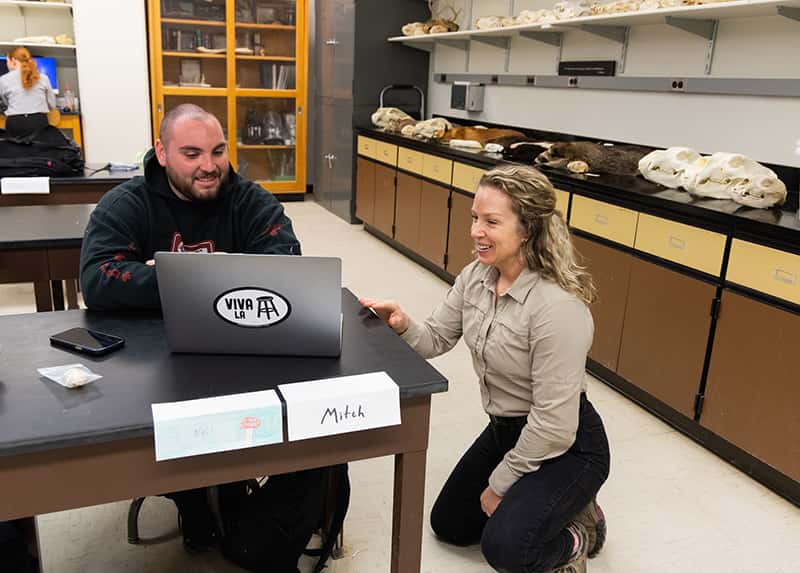
She believes that the best and most practical approach to teaching biology is to give her students the opportunity to participate in hands-on research.
“The students are practicing science as a field biologist,” she says. “They are setting up camera traps in both natural and modified landscapes on campus. The data they collect will address research questions that focus on measuring biodiversity, species richness and abundance, and how these things are influenced by habitat features, temperature, available light and light pollution, and pedestrian traffic. Students are responsible for all steps required in this project – from forming research questions, to designing and executing methodologies, to analyzing and presenting data. From inception to delivery of outcomes, this represents all components we practice as scientists.”
After the students set up the traps, which have a camouflage design, they are required to check their traps each week, visit their on-campus field site, complete data forms, perform routine maintenance, cleaning, and testing of traps to ensure correct operation, and transfer the images to their digital devices for viewing. Once the traps are set and working properly, the cameras do all the data collection for the students.
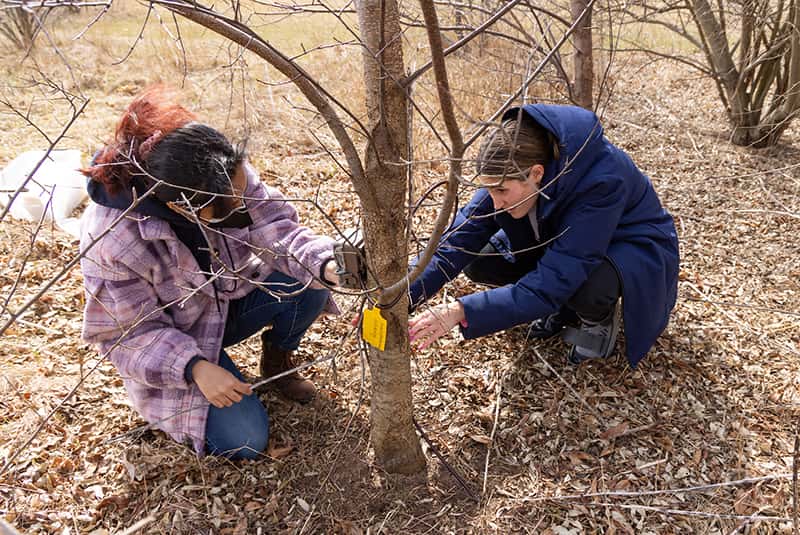
“This was my attempt at giving students the experience to practice biology in the field,” says Dunbar, “because there’s only so much that I can speak about it. I can show pictures, and I can tell tales, but I want them to do the thing.”
She explains, “In science, oftentimes, it’s a practice. It’s very much an active field. It’s something you do. To become a scientist, and to train scientists, they need some hands-on experience.”
Dunbar’s undergraduate research students have expressed their appreciation for the opportunity to work alongside their professor for this project. Senior biology majors Nautica Schaefer and Mahnoor Rafiq are lab partners who have decided to pursue PA school following their time at Southern. “It could be my second hobby, that I can do for the future. I really love the camera track,” says Rafiq. “I wish there would be more courses like this class.”
Alina Tran is a junior biology major who has not given too much thought to her future after Southern, but she is grateful for the experience working with Dunbar.
“I like what we do here,” says Tran, “I have noticed I like ecology and conservation, so I feel like classes like these really help to figure out what you’re doing in the future.”
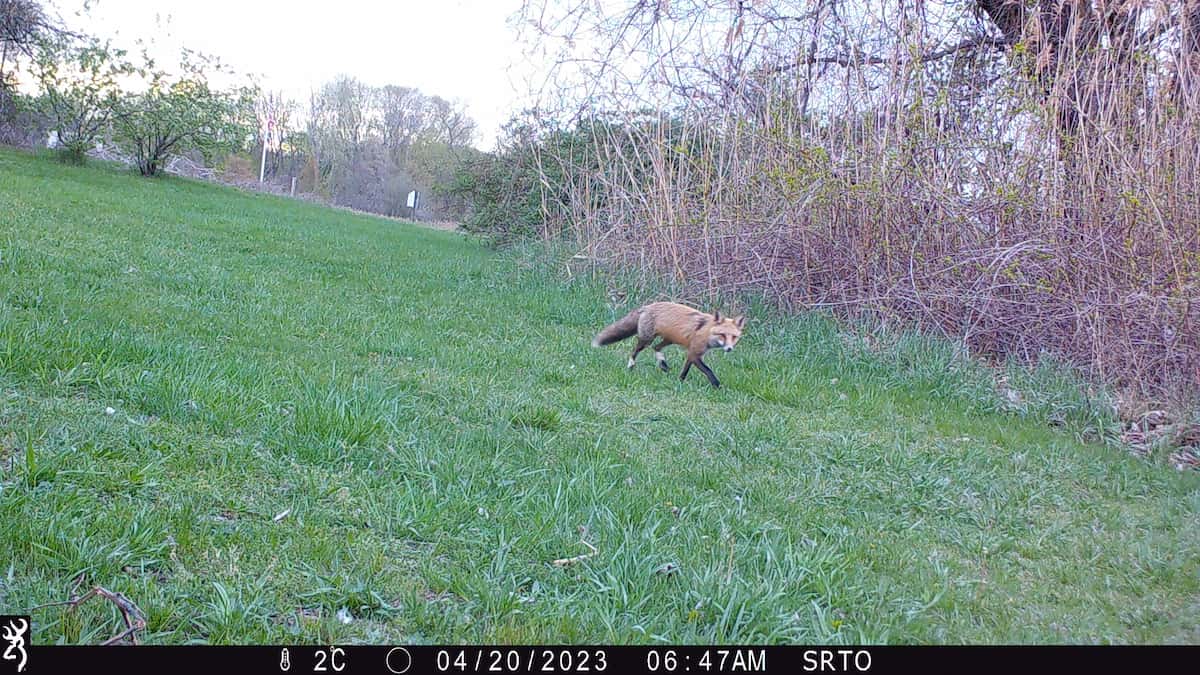
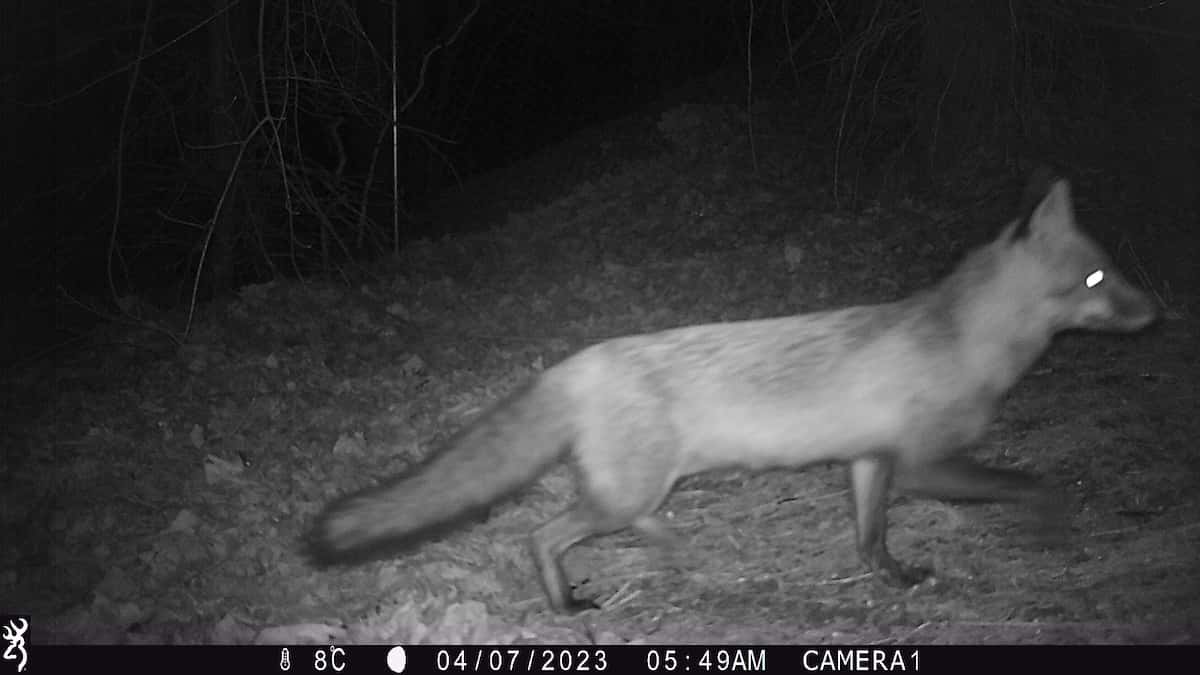


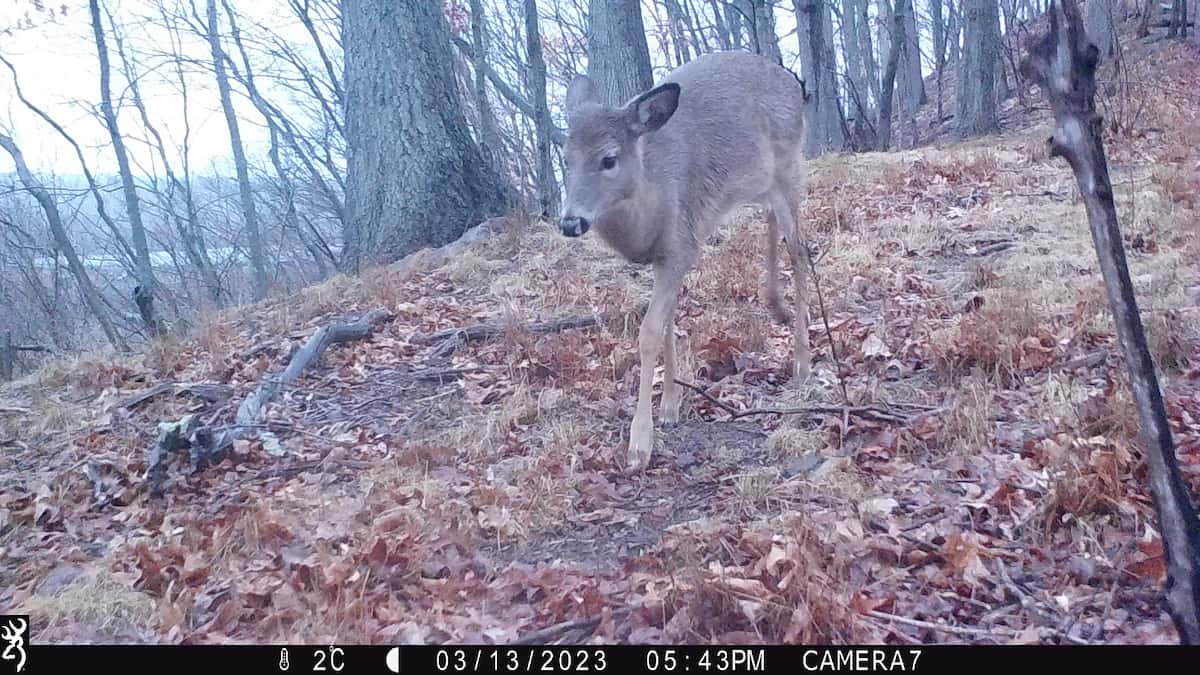
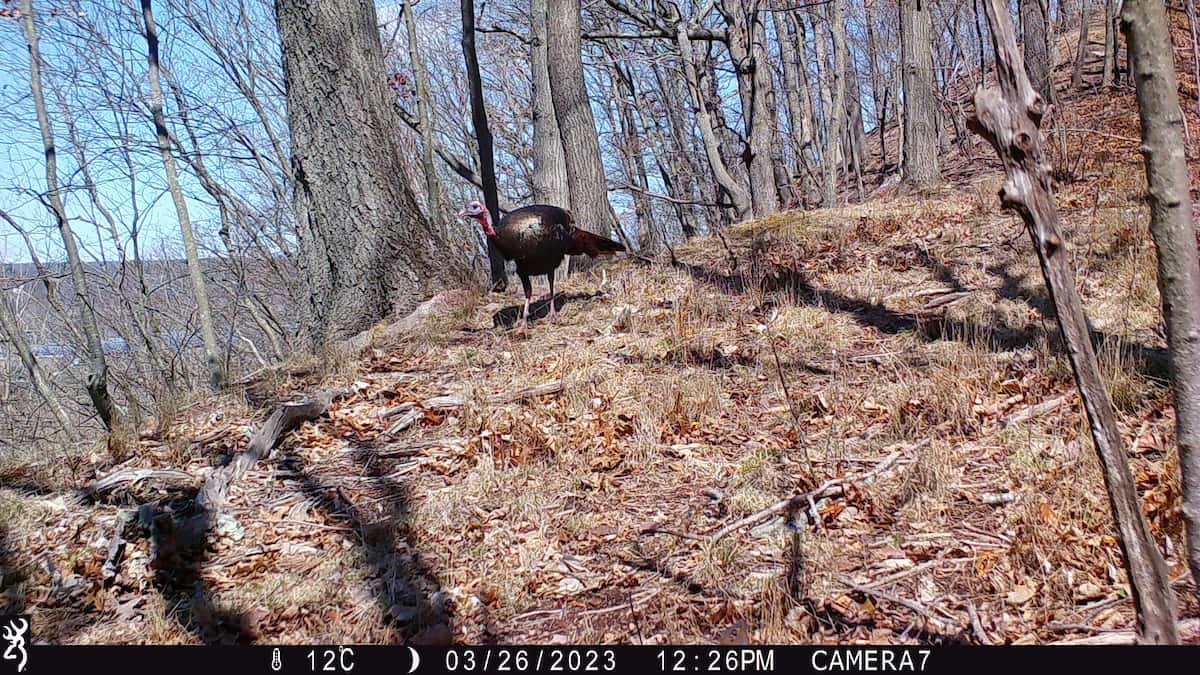
Undergraduate students involved in research at Southern often have opportunities that are typically reserved for graduate students. These experiential learning opportunities can translate into practical skills needed in the workforce outside of school, as well as give students a sample of what graduate studies has to offer, should they choose to continue their education.
“It helps that we have a great teacher,” says Tran. Currently, Dunbar is applying to work with a large international scientific institution, and if the research at Southern is accepted, the data will be made internationally available, and free to any university or organization working in wildlife conservation and ecology. Data collected by students in Dunbar’s class will seed other projects elsewhere, leading to endless possible collaborations with other scientific institutions and publications.
“In my opinion, it’s an extraordinary way to have SCSU representation on a grand scale,” says Dunbar.
See more photos in the photo gallery


